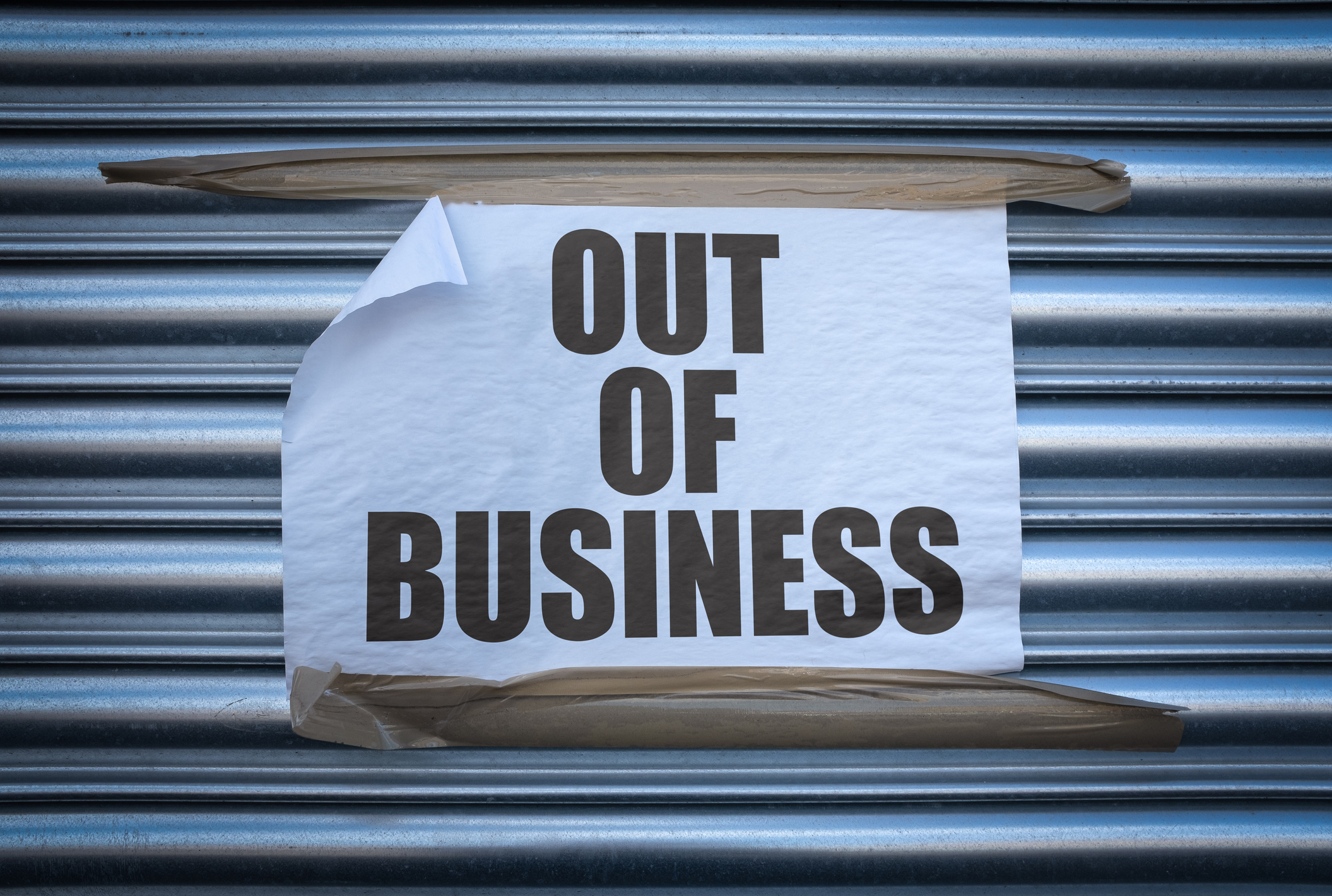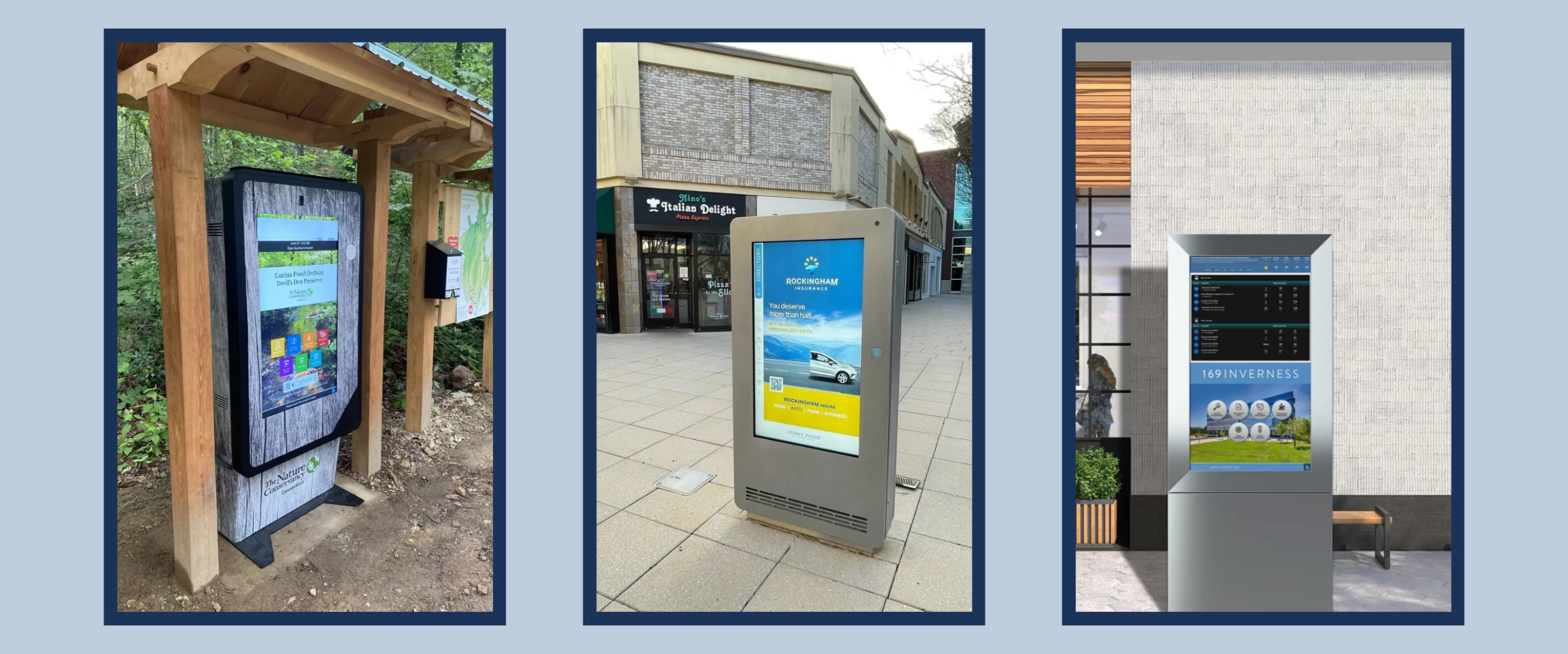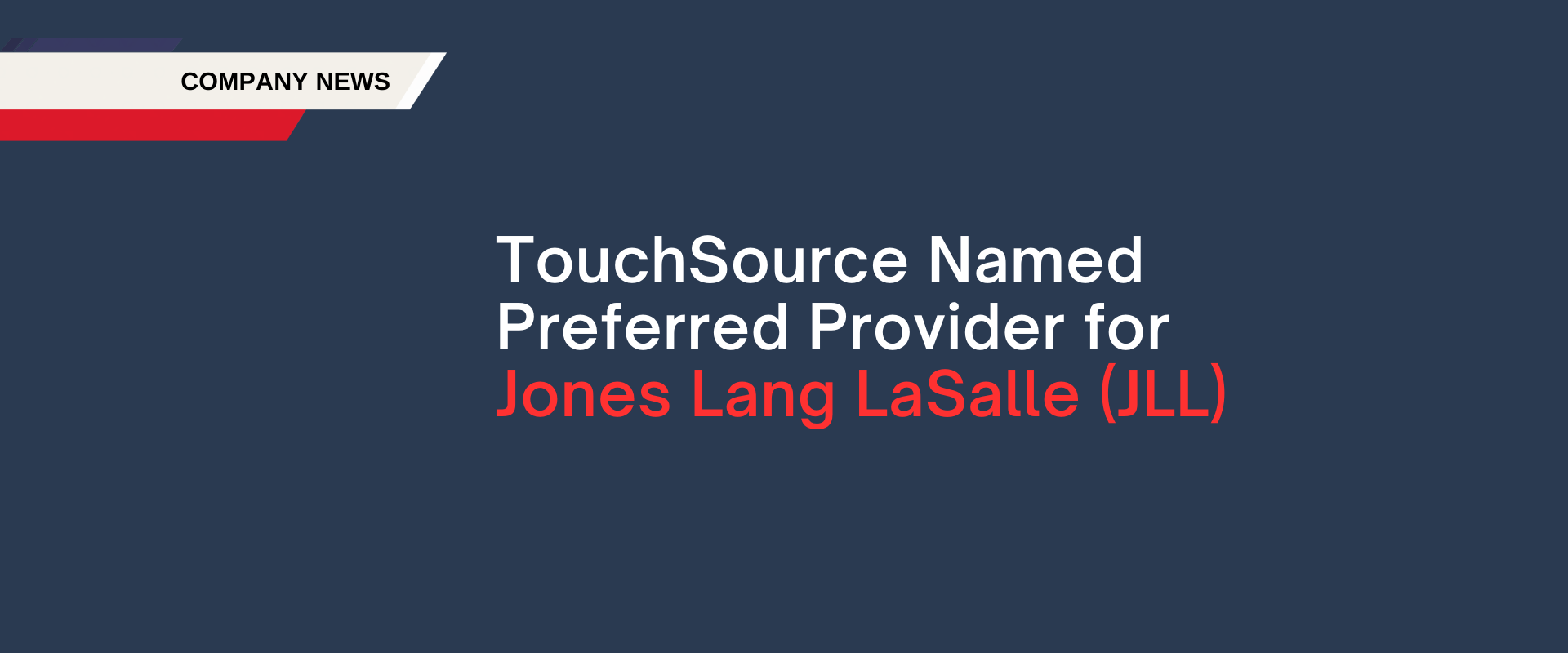What Can Office Property Owners Expect in 2021?
The TouchSource team shares its views on return-to-work and how landlords are innovating to earn renewals and leases from space downsizers
As 2020 ended with a collective sigh of relief, attention has shifted to what many hope will be brighter days ahead. Yet as the vaccine continues to slowly roll out, there is still plenty of uncertainty on the lingering impacts of the pandemic on facilities. When will “normal” activity resume? How has remote working permanently altered the workplace, and how will it impact demand for office space going forward? These are just a few of the questions stirring debate around predictions for the office market in 2021.
And the Survey Says….
New research released by BOMA International, Yardi, and Brightline Strategies provides some insight into the latest in tenant sentiment relating to the impacts of COVID-19 on their businesses. They also explore attitudes towards the physical work environment and office space decisions going forward. Overall, the study found that, despite the disruptive force of the pandemic, the perceived value of office environments as a key ingredient for business success remains strong. Two-thirds of the 3,010 decision-makers and influencers surveyed said they continue to see significant value in on-site business operations, particularly as they relate to the three Cs: collaboration, coaching, and culture.
Key findings from the study include:
- The economic headwinds on office tenants are far-reaching. One-third of respondents said they have experienced at least a 25% revenue decline since the onset of the pandemic and an additional 27% said they could experience a similar or greater decline in the future.
- Tenants are rethinking space needs. Sixty-one percent of all respondents reported that they plan to reassess their space needs with 43% who said they will likely reduce the size of their office square footage compared to 9% who expect to increase their spaces.
- On a positive note, 78% approve of the response their current property owner or operator has implemented during COVID-19, and 77% are confident they understand how to reduce and manage risk in their physical office.
- Nearly half of tenants (47%) said their landlord’s coronavirus response, including proactive communication and a renewed focus on safety and security, has made them more likely to renew an existing lease. In addition, 46% of tenant decision-makers also see more value in personal relationships with their property management teams.
2021 Predictions from the TouchSource Team
At TouchSource, our team engages in conversations with property owners and managers across the country every day. Those discussions have given us insights into return-to-work strategies and how landlords are working to give tenants the confidence they need to safely bring employees and visitors back to properties. Based on those discussions, our team has our own predictions for what’s ahead in 2021.
Ajay Kapoor, CEO
Properties are going to take the lessons from 2020 and apply them to a variety of different new capabilities for their tenants and internal operations in 2021. First and foremost, capacity management will continue to be a theme for 2021 and beyond. Properties, landlords, and tenants will frequently need to understand how many people are in a space, how well space is utilized, and if space is overcapacity. This is a trend that will have staying power beyond COVID as we prepare for future pandemic/epidemics, flu season, or fire code precautions
Second, properties are going to want to be even more agile than before. 2021 may see more rental defaults as tenant protections expire and property managers will need to change the physical and digital representations of spaces very quickly. CBRE’s research identified that occupiers expect growth in the suburbs, the business-friendly South, and in high-quality spaces, so all property managers and property teams are gearing up for heavy competition locally and nationally.
Finally, we are going to see more and more space owners competing against the comfort of home offices. That means that property owners will need to offer not only safety but also introduce amenities that soften the space, whether that be daily changing art, easy access to delivery services, or quiet places to escape colleagues. Now that Pandora’s box has been opened with home working, it will be critically important for property teams to attract people back to the office with the types of experiences that they can only get in the office.
Eric Sloan, CTO
The pandemic has left us with many conundrums. It makes future planning difficult. On the one hand, I believe the return to work will change to a mix of in-office days and remote days. Forward-thinking companies are re-evaluating their need for an expansive real estate footprint to support HQ. Instead, the focus will shift to purpose-built locations for meetings, gatherings, brainstorming and teaming events. Thus reducing the overall footprint. Companies will still hire locally (within a region) but allow for individuals to work from home and utilize drop-in locations to come together for specific purposes.
On the other hand, facility managers have to plan for people to return. Not everyone is happy working from home with their families, low bandwidth and too many distractions. As a result, I predict an initial requirement to “over manage” space allocation and space planning for the next 1-3 years. But, as humans, we will slowly revert to our old norms. At some point, I can see us going back to the cube farms and overcrowding as the pandemic fades from memory and companies again are focused on the bottom line and getting more done for less.
Christine Viera, CMO
Nearly half of tenants (47%) said their landlord’s coronavirus response made them more likely to renew an existing lease. Most of our clients are concerned about the other half. Will they renew, expand, downsize or decentralize operations? I predict that property owners and building managers have to plan for a major flux in their tenant mix for 2021. Tenants that thrive with creative workers, fast-paced operations and innovation tend to want employees working together. To woo those employees back to the office, tenants will want to redesign their space or move into a new space that’s been designed for the “new normal”. Awareness that workspaces need to be compelling and flow better is now paramount. Cramming employees into cube farms and noisy, over-populated open spaces to avoid expenses will make employees feel unsafe and will trail new-style workspaces that are fast-becoming the new norm. As a result, cluttered and crowded workspaces could put employers behind in retention and recruiting as the economy begins to rebound.
Architects and Design firms will see a big boost for their services as renovations and new construction call for drastically different lobbies, offices and public spaces. They will increasingly incorporate contactless technologies to manage space usage and always-on communications.
Property Managers will be under increasing pressure to keep current tenants, land new leases from in “space downsizers”, and win a renewed amenities war for the best clients. With so much to juggle in their jobs, Property Managers will want more of their day-to-day work automated including contactless, self-service solutions for visitors. Given the massive shift by all demographics to use of new technologies such as video conferencing and QR codes—good property technology will become more than a nice to have. Busy visitors and tenants prefer getting information at a glance, at a touch or on their devices and for it to be an engaging experience. Building owners who move first and fast will win as there’s a significant shift of tenants seeking right-sized spaces that have already been updated to fit post-pandemic realities.
Rick Schiffmann, National Account Director
There will be a strong emphasis on creating a “safe” environment both at the property level and in leased space controlled by tenants. However, only in rare cases will the building management work with the tenants to create a holistic solution. Much in the same way that tenants sometimes will have two different access control systems, one for the property and one for their leased space, you will see different platforms and protocols throughout a commercial property.
Generally, some employees are going to be reluctant to return to the office. That will cause tenants to shift to evaluate the total square footage they have leased. The interesting thing will be to see what percentage of people return to the office over time. Tenants will attempt to redesign their spaces for better flow and spacing to adjust. This is going to differ tremendously by market. “Coastal Elite” cities may be the last to return to some semblance of normal occupancy.













